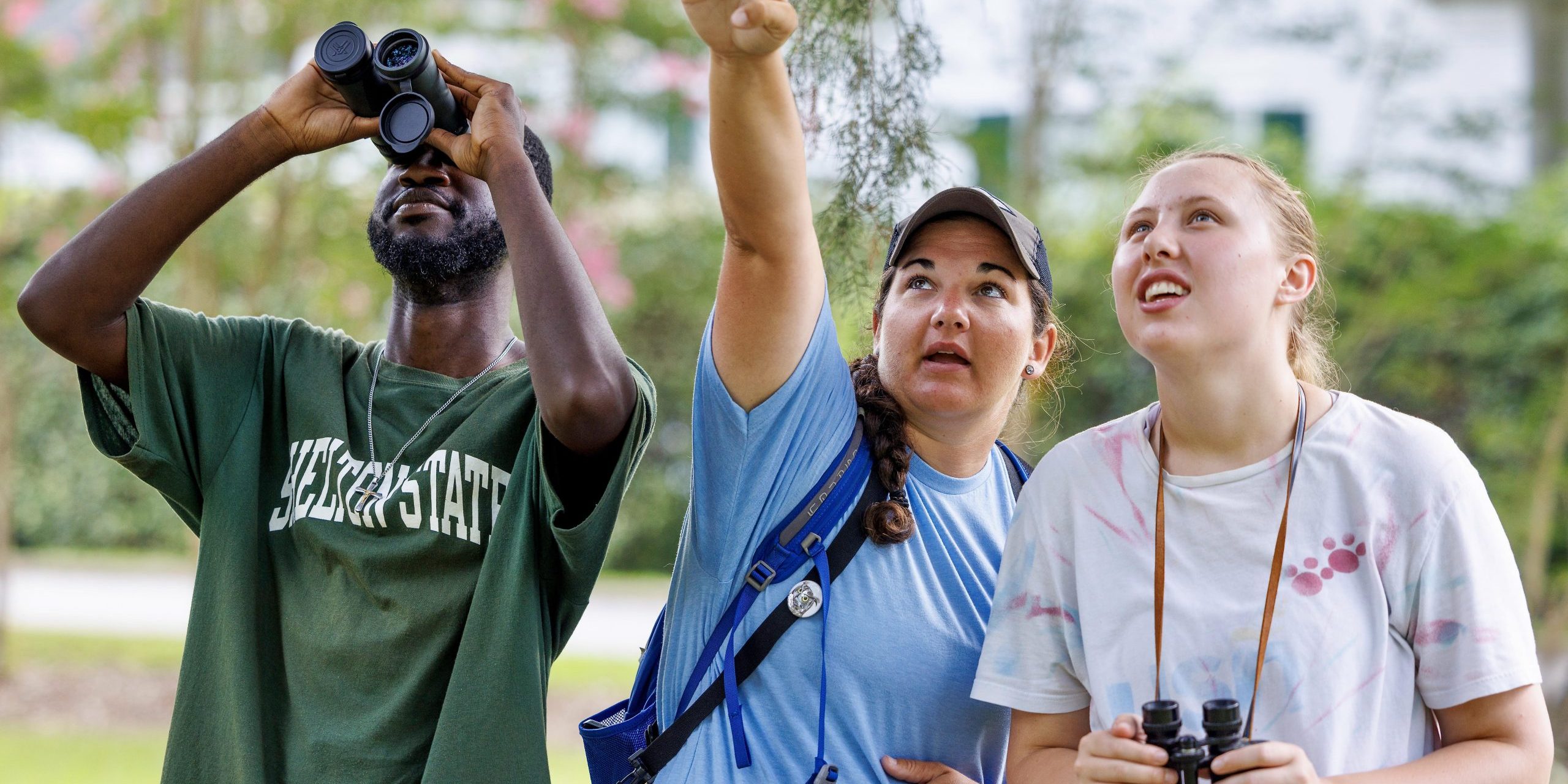A well-known ecotourism expert has released a new report concluding that Alabama’s 23-county Black Belt region has everything needed to become a premier ecotourism destination.
Ecotourism, which is defined as “responsible travel to natural areas that protects nature and sustains the well-being of local people”, is one of the fastest growing sectors of the tourism industry.
The report, which was conducted by Costas Christ and Associates with help from Beyond Green Travel and The University of Alabama Center for Economic Development, gives the recommendation that tourism efforts in the Black Belt should focus on three key pillars: Nature, Culture and Community.
Christ is a former editor and senior director for sustainability at National Geographic as well as being known as one of the world’s top travel experts.
“By emphasizing the conservation of nature and protection of cultural and historic sites, along with local community engagement, the Black Belt can become a leading ecotourism destination,” said Christ. “The Black Belt is a diamond in the rough. It just needs some polishing.”
RELATED: Alabama’s Black Belt region produces $3.8 billion in annual economic impact for 2023
Christ and his team spent a year traveling throughout the Black Belt to take a look at current and potential tourism assets in the region. The report factored in hundreds of meetings with business owners, elected officials, civil rights leaders and community-based tourism organizations.
They actually produced a similar report with a similar strategy in 2022 for Mobile and Baldwin counties which have since been funded and put into place.
“What we’ve done on Alabama’s Gulf Coast has been successful, and there’s no reason to think we can’t enjoy the same success in Alabama’s Black Belt,” said Coastal Alabama Partnership President and CEO Wiley Blankenship. “These areas can complement each other and provide visitors with unique, memorable and authentic travel experiences based upon best practices.”
According to Christ, Millennial and GenZ tourists seek travel which benefits local people and helps to protect natural and cultural heritage, which gives the Black Belt a great baseline with Selma as the tourism capital for the region.
“The Black Belt offers world-class recreational hunti
RELATED: Alabama’s Black Belt: A haven for hunters, anglers, and golfers
Commissioner of Alabama’s Department of Conservation and Natural Resources, Chris Blankenship said he’s excited for the region both now and in the future.
“It is a good roadmap to capitalize on all the beautiful places and people God has blessed us with in Alabama,” said Blankenship.
“The opportunity to link the good things happening in Coastal Alabama through the Black Belt to Selma and Montgomery is phenomenal. As a member of the Alabama Black Belt Adventures Board, the Forever Wild Board, the Alabama Historical Commission, the Innovate Alabama Outdoor Recreation Council, the Alabama State Parks Foundation, and Commissioner of the Department of Conservation and Natural Resources, it is great to see all these organizations and more coming together to promote and enhance ecotourism and outdoor recreation in this sometimes underappreciated portion of our state”
The Black Belt includes the following 23 counties: Barbour, Bullock, Butler, Choctaw, Clarke, Conecuh, Crenshaw, Dallas, Greene, Hale, Lee, Lowndes, Macon, Marengo, Monroe, Montgomery, Perry, Pickens, Pike, Russell, Sumter, Tuscaloosa and Wilcox.
Michael Brauner is a Senior Sports Analyst and Contributing Writer for Yellowhammer News. You can follow him on Twitter @MBraunerWNSP













